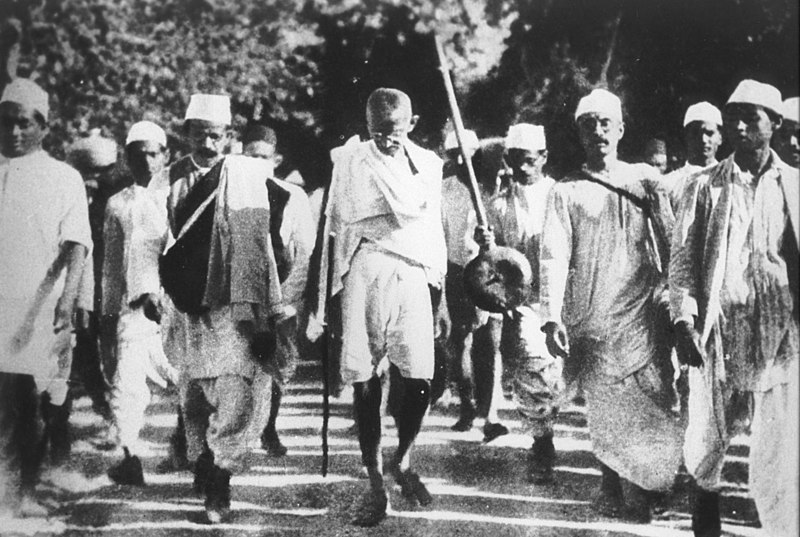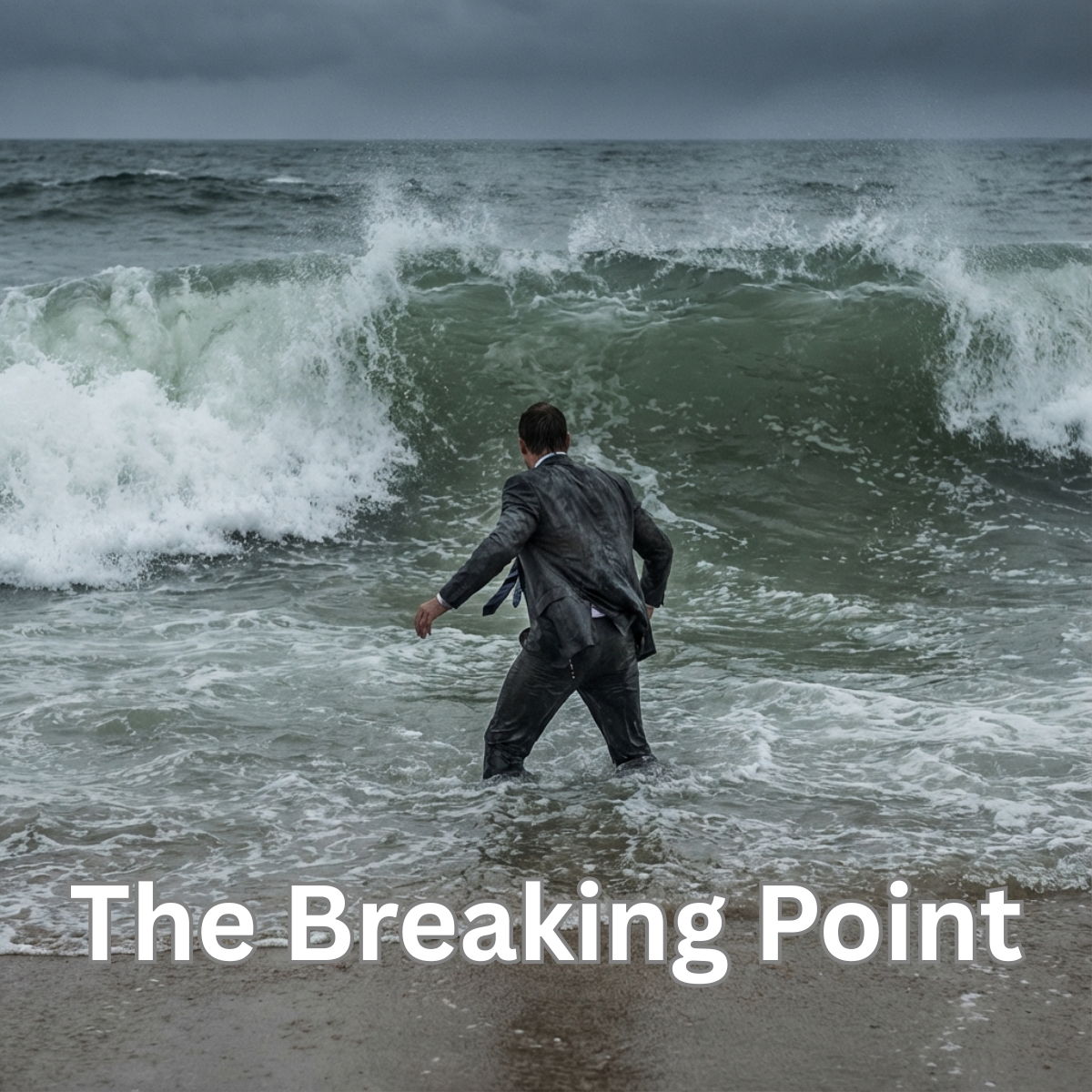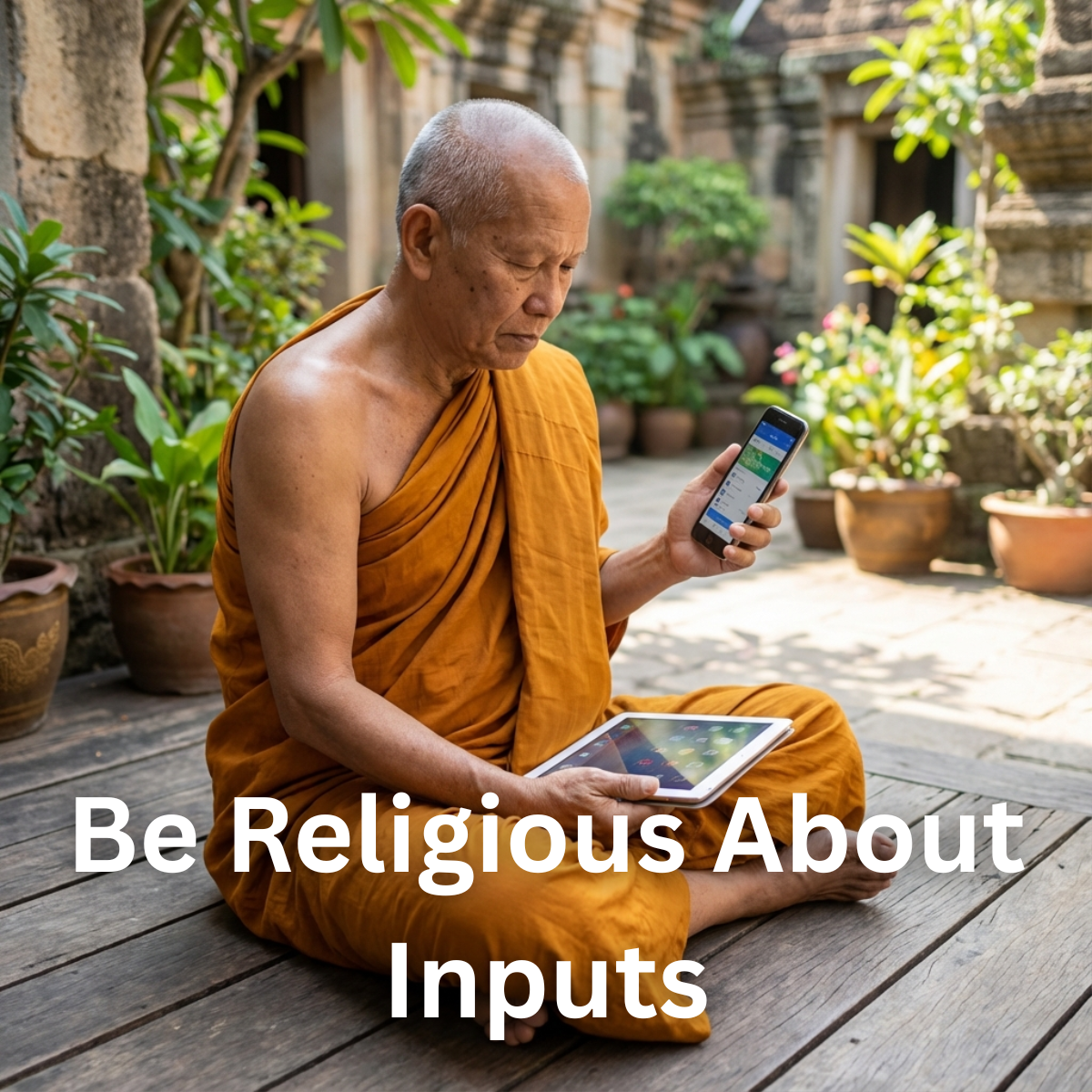Over a process of many hunger strikes, Gandhi formalized his approach to the non-violence movement as Satyagraha. The idea that you could hold firmly to the truth and resist in non-violent manner. His first few fasts were interesting. One in which he felt that he had to atone for some failures of people close to him. He fasted for a week and then only ate once per day for several weeks following that. The first few times he did this, it went without notice, but then he held a fast “to the death,” or until a company would agree to increase wages for workers. His dedication was so inspiring that the individuals that had broken the strike, relented and joined Gandhi in his fast. Many of these would become his loyal satyagrahi and the threat of hunger strike even for a few days was enough to get companies and governments to give in to the demands of the peaceful, non-violent movement.
This fasting for purpose concept would gain momentum and would inspire future movements of great renown, including Nelson Mandela and MLK. The point I want to illustrate here is that the physical act of fasting is one of the single greatest methods to indicate, “I am serious about this.” If you want to tell yourself, or others, that you are indeed serious about a commitment or promise then fasting is perhaps that one act that will provide the label or seal of seriousness. Fasting adds gravitas. Fasting is a testament of your ability to overcome mind and body and in so doing signify to yourself that your commitment is real.
The larger point is that fasting is best done with a cause in mind. Perhaps not as high of an ideal as freedom, civil rights, or workplace equality. A cause can indeed be one of your own. A personal quest for inspiration, positive change or some other ambition. If you are really serious about something you are trying to accomplish, consider fasting as a way to prove that you are serious. Even if you are the only one that knows, sacrifice always manifests benefit.




